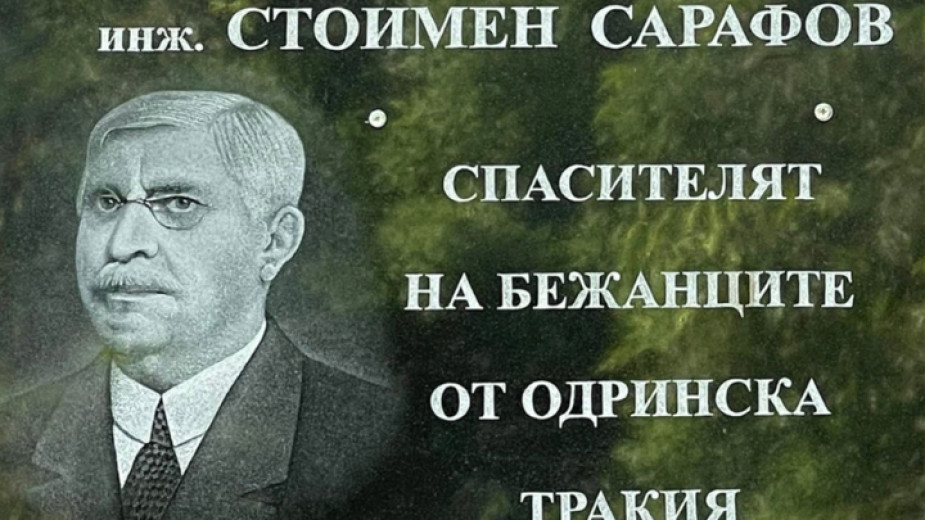 4
4
During the Balkan wars, tens of thousands of Bulgarians fled Eastern Thrace to avoid falling under Ottoman rule and suffering at the hands of the imperial army. Having left the places of their birth, they scattered all over newly-liberated Bulgaria. One of the places they found themselves in was a locality called Sokata on the Black Sea shore, renamed by the people living there to Sarafovo – after the “refugee rescuer”, engineer Stoimen Sarafov.
“After months of wandering from place to place, the first 56 much-suffered families of Thracian refugees – one of them my own ancestors – came and settled here,” says Ginka Gerova, who lives in Burgas’ neighbourhood Sarafovo.
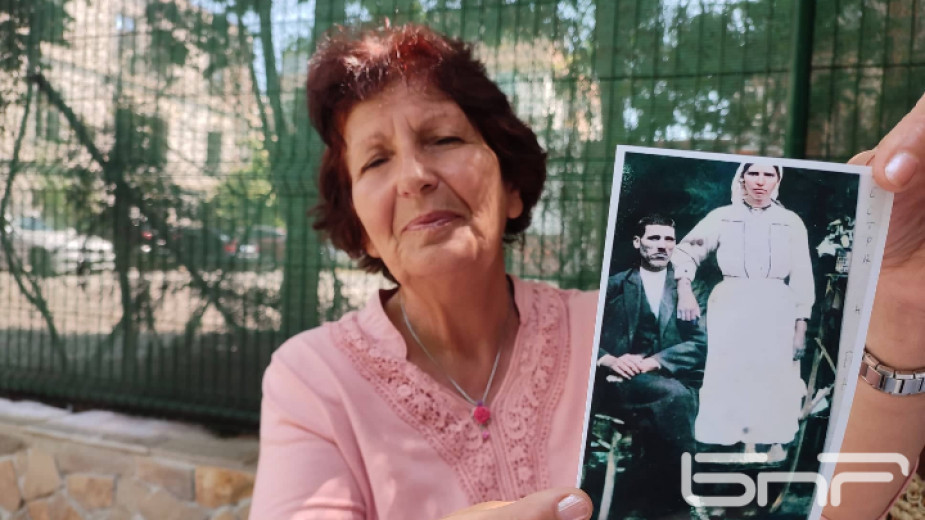
To begin with, the settlers lived in makeshift straw huts, crammed together with their farm animals, or in houses made out of thorn bushes. In 1922 they acquired the status of Bulgarian citizens, registered a settlement of their own and even elected a mayor.
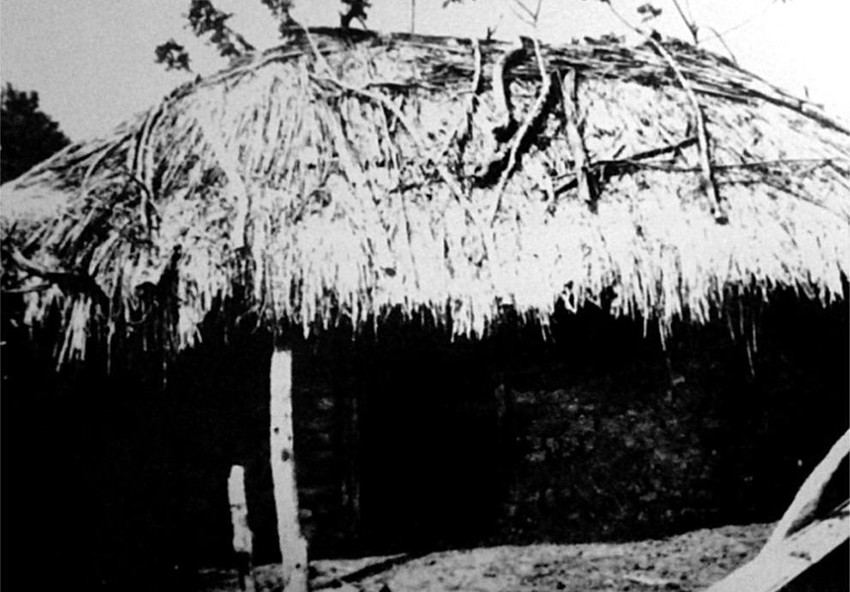
“The history of the neighbourhood started with a big national and personal tragedy in 1913,” Ginka Gerova goes on to say. “A string of peace treaties among the great powers caused many Bulgarians from Eastern (Edirne) Thrace to abandon their towns, their homes, their livelihoods. It was a huge tragedy – dozens of people, among them women and children were massacred. The devastation of the Bulgarian people in Thrace was monstrous, having come in a flash, it engulfed everything.”
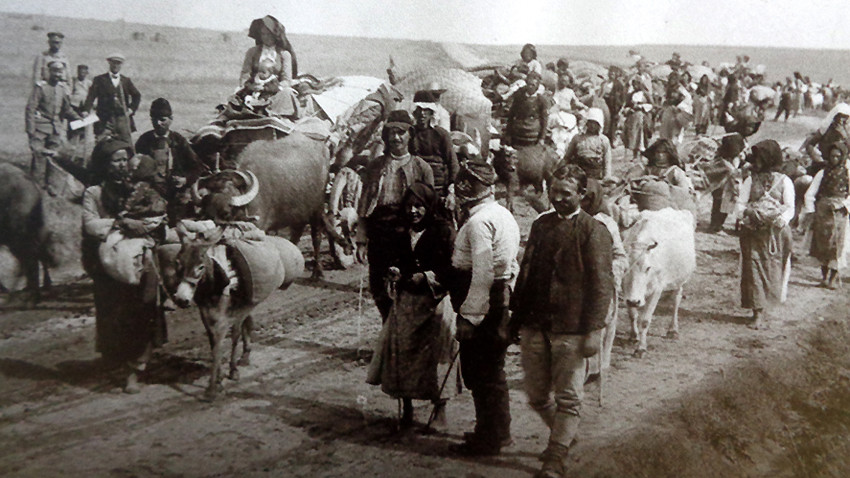
Because of its modern infrastructure, and its lush, verdant houses, Sarafovo is often called Beverly Hills of Burgas. None of this would have been possible, however, if it wasn’t for engineer Stoimen Sarafov, director of the directorate general for refugees, who, back in the day, realized what a potential the locality has for the development of seaside tourism. It is thanks to his efforts that improvements were quickly made, straight and broad streets built, and a water supply and sewerage network put in place.

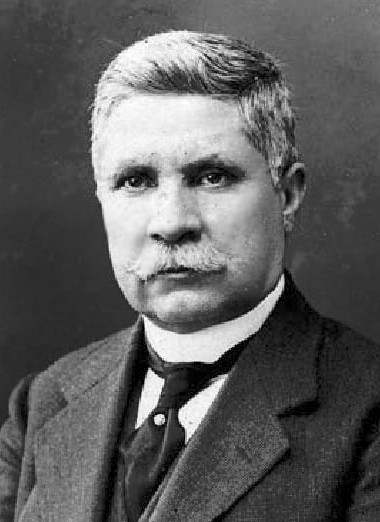 Engineer Stoimen Sarafov was born in 1865 in Kyustendil. At the age of nine he was orphaned and grew up in an orphanage in Lom. The teachers at the local school soon took note of his exceptional mathematical talent, and raised some money, with a little bit of help from the Ministry of Education, to send him to study at the Polytechnic University in the Belgian city of Ghent. Though he was offered a teaching position there, the young engineer decided to come home “to do my share for the development of Bulgaria, economically and technically, to make it a prosperous country like Belgium.”
Engineer Stoimen Sarafov was born in 1865 in Kyustendil. At the age of nine he was orphaned and grew up in an orphanage in Lom. The teachers at the local school soon took note of his exceptional mathematical talent, and raised some money, with a little bit of help from the Ministry of Education, to send him to study at the Polytechnic University in the Belgian city of Ghent. Though he was offered a teaching position there, the young engineer decided to come home “to do my share for the development of Bulgaria, economically and technically, to make it a prosperous country like Belgium.”
In Bulgaria, he took up different government posts between 1897 and 1931, and because of his dedication to his work, came to be known as the “father of railways”, “the soul of the Bulgarian society of engineering and architecture”. But the “refugee rescuer” left his heart with the people of Eastern Thrace, where, with his help, each family was given land and a home. Engineer Stoimen Sarafov also donated a great deal of his own money for the construction of a school for the refugee children, as well as for scholarships for them. Held in great esteem by the people from the neighbourhood, he was invited by many families there to be best man or godfather. He died in Vienna in 1931, and a procession of thousands of refugees from all over the country saw him off on his last journey, while two locomotives at Sofia’s Freight Station sounded their horns in tribute to him.
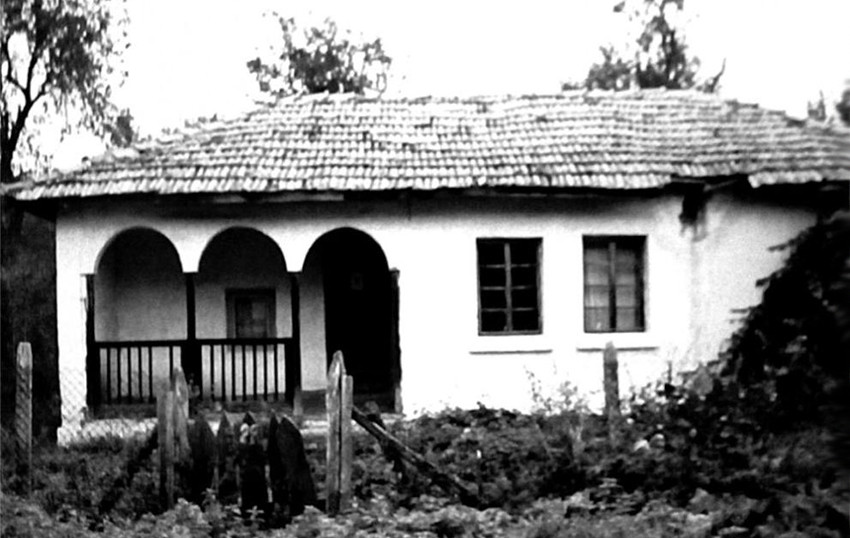
Not long ago, the people from Sarafovo celebrated the creation of their neighbourhood over two days. The descendants of the Thracian refugees have not forgotten the benefactor who applied ointment to the open wounds of their ancestors, and put up a commemorative plaque to Stoimen Sarafov on the wall of the local chitalishte.
Interview by BNR-Burgas
Editing by Darina Grigorova
Photos: BGNES, BNR-Burgas, burgas.bgThey call Nikopol “the town of ages” because its history goes back thousands of years. It was founded as a settlement in the year 169 during the reign of Roman Emperor Marcus Aurelius. In 629, theByzantine Emperor renamed the town to Nicopolis, meaning..
There are rumours and speculations that some forgeries, so good that they are not inferior to the originals, could be found among the exhibits in the museums, but at the moment a whole series of forgeries can be seen at an exhibition..
A unique statue from the Roman period of Odessos, preliminarily dated to the late 2nd to the first half of the 3rd century, has been discovered during excavation works near the train station in Varna, said archaeologists from the Varna Regional..
On November 25, the Bulgarian Orthodox Church honours the memory of St. Clement of Ohrid – a distinguished archbishop, teacher and scholar. He was among..

+359 2 9336 661
